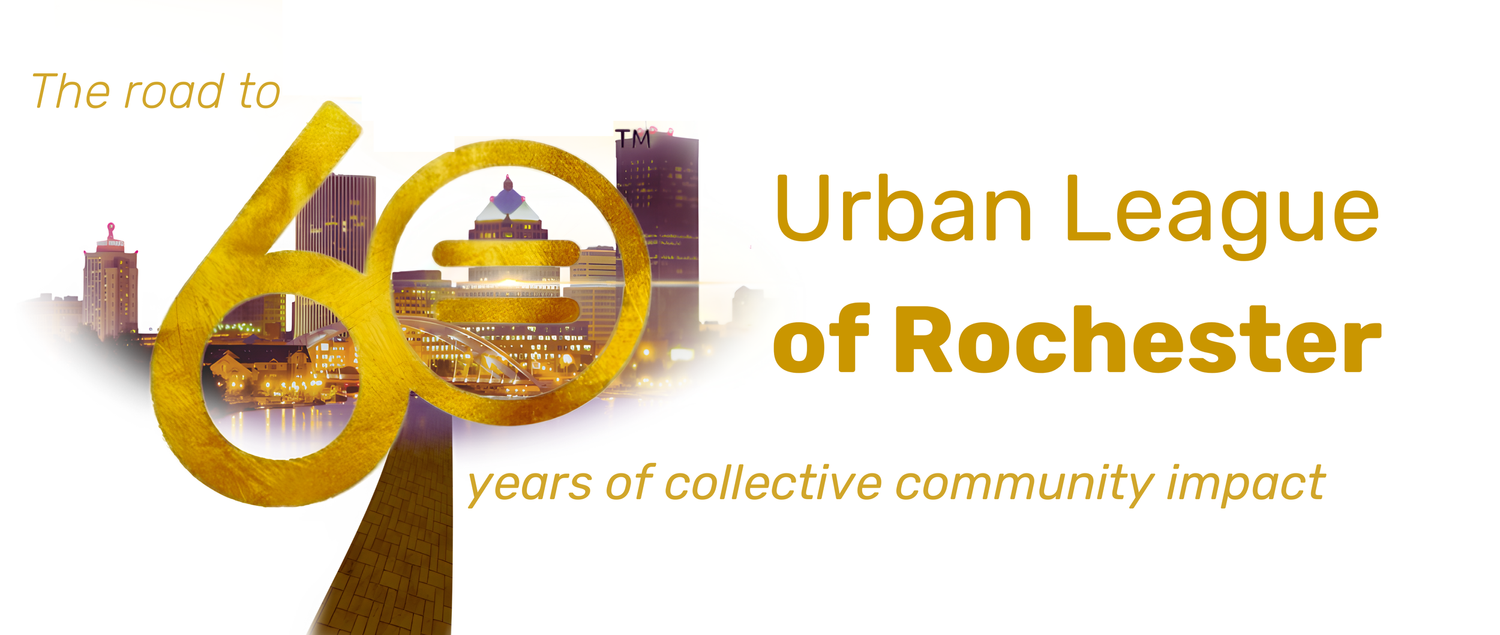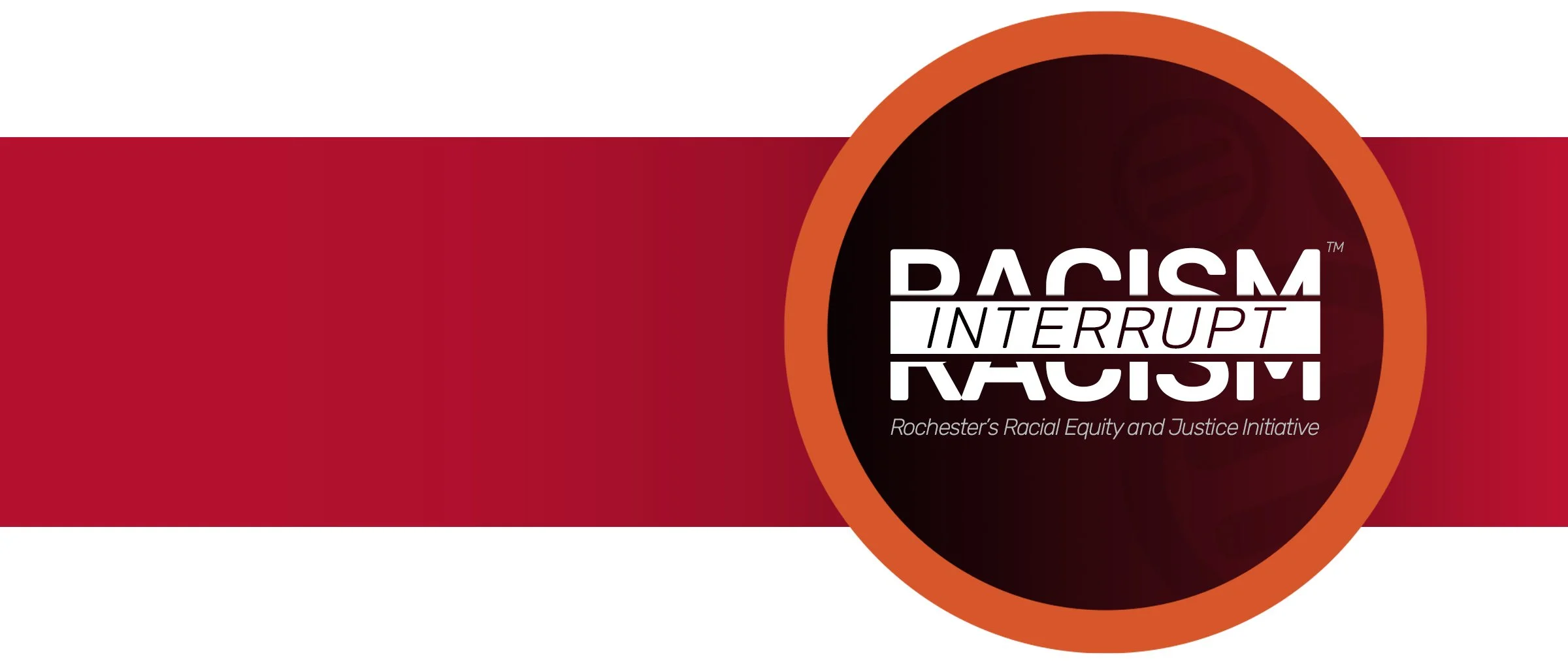A-E
Ally - Someone who makes the commitment and effort to recognize their privilege (based on gender, class, race, sexual identity, etc.) and work in solidarity with oppressed groups in the struggle for justice. Allies understand that it is in their own interest to end all forms of oppression, even those from which they may benefit in concrete ways.
Allies commit to reducing their own complicity or collusion in oppression of those groups and invest in strengthening their own knowledge and awareness of oppression.
Antiracist - Someone who is supporting an antiracist policy through their actions or expressing antiracist ideas. This includes the expression or ideas that racial groups are equals and do not need developing, and supporting policies that reduce racial inequity.
Bigotry - Intolerant prejudice that glorifies one's own group and denigrates members of other groups.
BIPOC - An acronym meaning “Black,” “Indigenous,” “People of Color.”
Discrimination - The unequal treatment of members of various groups based on race, gender, social class, sexual orientation, physical ability, religion and other categories.
In the United States the law makes it illegal to discriminate against someone on the basis of race, color, religion, national origin, or sex. The law also makes it illegal to retaliate against a person because the person complained about discrimination, filed a charge of discrimination, or participated in an employment discrimination investigation or lawsuit. The law also requires that employers reasonably accommodate applicants' and employees' sincerely held religious practices, unless doing so would impose an undue hardship on the operation of the employer's business.
Ethnicity - A social construct that divides people into smaller social groups based on characteristics such as shared sense of group membership, values, behavioral patterns, language, political and economic interests, history and ancestral geographical base.
Examples of different ethnic groups are: Cape Verdean, Haitian, African American (Black); Chinese, Korean, Vietnamese (Asian); Cherokee, Mohawk, Navaho (Native American); Cuban, Mexican, Puerto Rican (Latino); Polish, Irish, and Swedish (White).
F-J
Implicit Bias - Also known as unconscious or hidden bias, implicit biases are negative associations that people unknowingly hold. They are expressed automatically, without conscious awareness. Many studies have indicated that implicit biases affect individuals’ attitudes and actions, thus creating real-world implications, even though individuals may not even be aware that those biases exist within themselves. Notably, implicit biases have been shown to trump individuals’ stated commitments to equality and fairness, thereby producing behavior that diverges from the explicit attitudes that many people profess. The Implicit Association Test (IAT) is often used to measure implicit biases with regard to race, gender, sexual orientation, age, religion, and other topics.
Intersectionality - Exposing one’s multiple identities can help clarify the ways in which a person can simultaneously experience privilege and oppression. For example, a Black woman in America does not experience gender inequalities in exactly the same way as a white woman, nor racial oppression identical to that experienced by a Black man. Each race and gender intersection produces a qualitatively distinct life.
Per Kimberlé Williams Crenshaw, “Intersectionality is simply a prism to see the interactive effects of various forms of discrimination and disempowerment. It looks at the way that racism, many times, interacts with patriarchy, heterosexism, classism, xenophobia — seeing that the overlapping vulnerabilities created by these systems actually create specific kinds of challenges. “Intersectionality 102,” then, is to say that these distinct problems create challenges for movements that are only organized around these problems as separate and individual. So when racial justice doesn’t have a critique of patriarchy and homophobia, the particular way that racism is experienced and exacerbated by heterosexism, classism etc., falls outside of our political organizing. It means that significant numbers of people in our communities aren’t being served by social justice frames because they don’t address the particular ways that they’re experiencing discrimination.”
K-O
Microaggression - The everyday verbal, nonverbal, and environmental slights, snubs, or insults, whether intentional or unintentional, which communicate hostile, derogatory, or negative messages to target persons based solely upon their marginalized group membership.
P-T
Prejudice - A pre-judgment or unjustifiable, and usually negative, attitude of one type of individual or groups toward another group and its members. Such negative attitudes are typically based on unsupported generalizations (or stereotypes) that deny the right of individual members of certain groups to be recognized and treated as individuals with individual characteristics.
Privilege - Unearned social power accorded by the formal and informal institutions of society to ALL members of a dominant group (e.g. white privilege, male privilege, etc.). Privilege is usually invisible to those who have it because we’re taught not to see it, but nevertheless it puts them at an advantage over those who do not have it.
Race - A political construction created to concentrate power with white people and legitimize dominance over non-white people.
Racial equity - Racial equity is the condition that would be achieved if one's racial identity no longer predicted, in a statistical sense, how one fares. When we use the term, we are thinking about racial equity as one part of racial justice, and thus we also include work to address root causes of inequities not just their manifestation. This includes elimination of policies, practices, attitudes and cultural messages that reinforce differential outcomes by race or fail to eliminate them.
Racial justice - The proactive reinforcement of policies, practices, attitudes and actions that produce equitable power, access, opportunities, treatment, impacts and outcomes for all.
Racial trauma - Racial trauma or race-based stress comes from dealing with racial harassment, racial violence, or institutional racism; Racial trauma can result from major experiences of racism such as workplace discrimination or hate crimes, or it can be the result of an accumulation of many small occurrences, such as everyday discrimination and microaggressions; It is often compared to post-traumatic stress disorder (PTSD) as the symptoms are similar with irritability, hypervigilance, and depression.
Racism - For purposes of this site, we want users to know we are using the term “racism” specifically to refer to individual, cultural, institutional and systemic ways by which differential consequences are created for groups historically or currently defined as white being advantaged, and groups historically or currently defined as non-white (African, Asian, Hispanic, Native American, etc.) as disadvantaged.
That idea aligns with those who define racism as prejudice plus power, a common phrase in the field. Combining the concepts of prejudice and power points out the mechanisms by which racism leads to different consequences for different groups. The relationship and behavior of these interdependent elements has allowed racism to recreate itself generation after generation, such that systems that perpetuate racial inequity no longer need racist actors or to explicitly promote racial differences in opportunities, outcomes and consequences to maintain those differences.
Stereotype - Any thought widely adopted about specific types of individuals or certain ways of behaving intended to represent the entire group of those individuals or behaviors as a whole. These thoughts or beliefs may or may not accurately reflect reality.
U-Z
White privilege - Refers to the unquestioned and unearned set of advantages, entitlements, benefits and choices bestowed on people solely because they are white. Generally white people who experience such privilege do so without being conscious of it.
Cultural white privilege - A set of dominant cultural assumptions about what is good, normal or appropriate that reflects Western European white world views and dismisses or demonizes other world views.
Institutional white privilege - Policies, practices and behaviors of institutions— such as schools, banks, non-profits or the Supreme Court— that have the effect of maintaining or increasing accumulated advantages for those groups currently defined as white, and maintaining or increasing disadvantages for those racial or ethnic groups not defined as white. The ability of institutions to survive and thrive even when their policies, practices and behaviors maintain, expand or fail to redress accumulated disadvantages and/or inequitable outcomes for people of color.
Interpersonal white privilege - Behavior between people that consciously or unconsciously reflects white superiority or entitlement.
Structural white privilege - A system of white domination that creates and maintains belief systems that make current racial advantages and disadvantages seem normal. The system includes powerful incentives for maintaining white privilege and its consequences, and powerful negative consequences for trying to interrupt white privilege or reduce its consequences in meaningful ways. The system includes internal and external manifestations at the individual, interpersonal, cultural and institutional levels. The accumulated and interrelated advantages and disadvantages of white privilege that are reflected in racial/ethnic inequities in life-expectancy and other health outcomes, income and wealth and other outcomes, in part through different access to opportunities and resources. These differences are maintained in part by denying that these advantages and disadvantages exist at the structural, institutional, cultural, interpersonal and individual levels and by refusing to redress them or eliminate the systems, policies, practices, cultural norms and other behaviors and assumptions that maintain them.
Adapted from Racial Equity Tools Glossary & Terms You Need to Know (Cardinal at Work).

